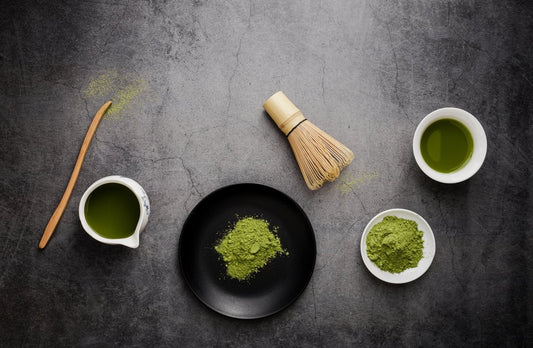Introduction: The Beauty of Hibiscus Tea
Hibiscus tea is as visually stunning as it is delicious. With its deep, almost crimson hue, sipping on hibiscus tea feels like a luxurious, indulgent experience. But have you ever wondered what gives this tea its rich, vibrant colour? In this blog post, we’ll dive into the science behind hibiscus tea’s unique colour, exploring the role of chemistry and botany in creating this natural wonder. Get ready to learn about the fascinating, colourful world of hibiscus tea!
The Pigment Behind the Colour: Anthocyanin
To understand the science behind hibiscus tea’s colour, we first need to delve into the plant biology of hibiscus flowers. Hibiscus plants contain a pigment called anthocyanin, which is responsible for producing the vibrant red, pink, and purple colours we see in hibiscus flowers. Anthocyanins are water-soluble pigments that are found in many different types of plants and fruit. They impart colour to the juices of many fruits and veggies, like blueberries, cherries, and beets.
Brewing and Colour Change: Cyanidin-3-Glucoside
When we brew hibiscus flowers, we’re essentially extracting the anthocyanin pigment from the flower petals. The red colour we see in hibiscus tea comes from a type of anthocyanin called cyanidin-3-glucoside. Cyanidin-3-glucoside is highly reactive, which means it changes colour depending on the pH level of the liquid it’s in. When the pH level is low, the pigment exhibits a deep red colour, while more alkaline conditions can produce a pinkish hue.
Additional Factors: Temperature, Duration, and More
The science behind hibiscus tea’s colour doesn’t stop there, though. Researchers have found that the temperature and duration of the infusion process can also influence the tea’s final colour. A study published in the Journal of Food Science and Technology found that brewing hibiscus tea at 100°C for 5-10 minutes produced the strongest colour intensity. Other factors that can influence the final colour of hibiscus tea include the water quality, tea-to-water ratio, and brewing vessel.
Botanical Functions: Why Hibiscus Contains Anthocyanins
But why does hibiscus contain anthocyanins in the first place? Botanists believe that anthocyanins help protect plant tissues from damage caused by UV light, pests, and other environmental stressors. By producing a rich colour, hibiscus plants are able to absorb more light and potentially prevent damage to their cells.
Conclusion: The Fascinating Science Behind a Beautiful Beverage
In the end, the science behind hibiscus tea’s colour is as fascinating as the tea itself. From the anthocyanin pigments found in the hibiscus plant to the intricate variables of the brewing process, every step plays a role in creating the rich, vibrant colour we know and love. Next time you sip on a steamy cup of hibiscus tea, take a moment to appreciate the complex natural processes that came together to create such a beautiful beverage.




